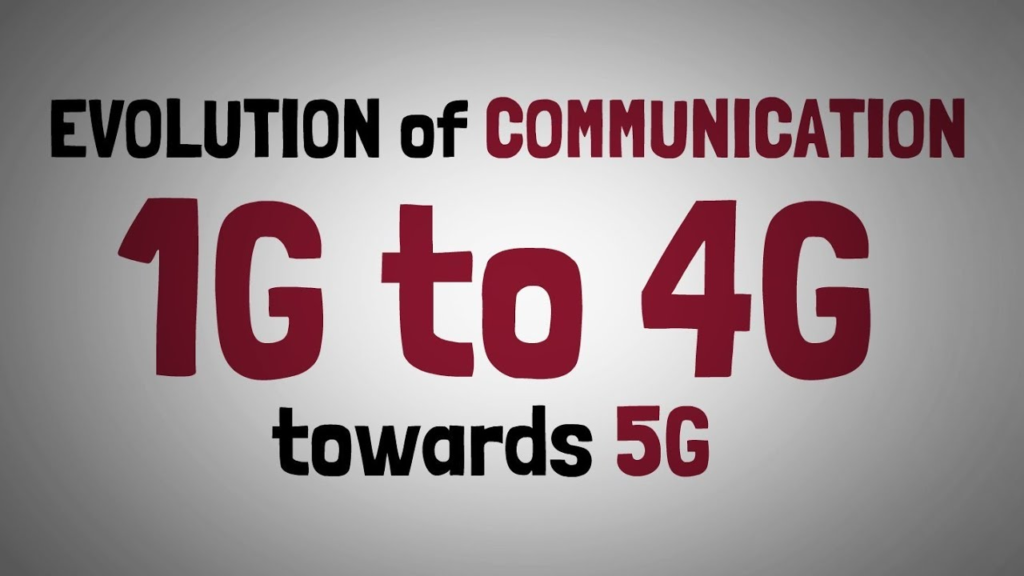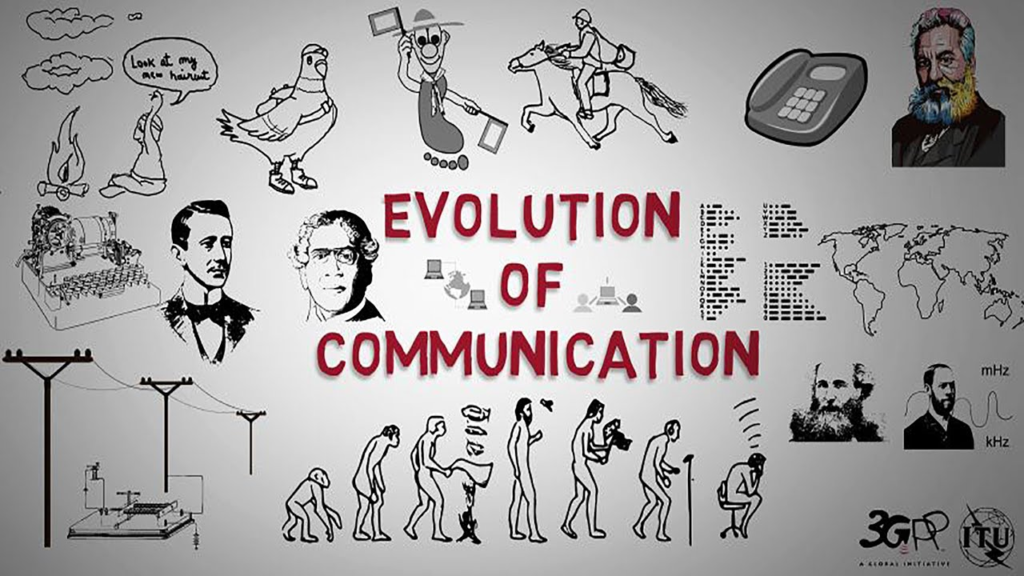Communication technology has undergone remarkable evolution over the centuries, transforming the way people connect, exchange information, and conduct business globally. From early telegraphs to the advent of 5G networks, this article explores the key milestones, technological advancements, and societal impacts that have shaped the evolution of communication technology.

Early Communication Technologies
Telegraphs and Morse Code
The telegraph, invented in the early 19th century, revolutionized long-distance communication by transmitting electrical signals over wires. Samuel Morse’s development of Morse code enabled operators to encode and decode messages using a series of dots and dashes, laying the foundation for rapid information exchange across continents.
Telephone and Wireless Communication
Alexander Graham Bell’s invention of the telephone in 1876 marked a significant advancement in voice communication, allowing individuals to converse in real-time over long distances. The introduction of wireless telephony in the early 20th century further expanded communication capabilities, enabling mobile communication via radio waves.
Rise of Digital Communication
Internet and Email
The development of the internet in the late 20th century ushered in a new era of digital communication, connecting computers worldwide and facilitating the exchange of text, images, and multimedia content. Email emerged as a popular communication tool, offering fast, efficient, and asynchronous messaging capabilities.
Mobile Phones and SMS

The proliferation of mobile phones in the 1990s transformed personal communication, enabling individuals to make voice calls and send Short Message Service (SMS) texts on portable devices. Mobile networks expanded globally, enhancing connectivity and accessibility to communication services.
Emergence of Broadband and Data Networks
Broadband Internet
Broadband technology revolutionized internet access by delivering high-speed data transmission over cable, DSL, and fiber optic networks. This enabled faster web browsing, multimedia streaming, online gaming, and cloud computing, driving digital innovation and economic growth.
4G LTE Networks
The introduction of 4G LTE (Long Term Evolution) networks in the late 2000s marked a significant milestone in mobile communication, offering higher data speeds, low latency, and improved network reliability. 4G enabled widespread adoption of mobile internet services, mobile apps, and mobile commerce.
Evolution to 5G Networks
What is 5G?
5G (Fifth Generation) is the latest advancement in wireless technology designed to deliver faster data speeds, higher network capacity, and ultra-low latency compared to previous generations. 5G networks operate on higher frequency bands, enabling more devices to connect simultaneously and supporting advanced applications such as autonomous vehicles, smart cities, and augmented reality.
Benefits of 5G
- Enhanced Speed and Capacity: 5G networks promise download speeds up to 10 gigabits per second, enabling faster data transfers and seamless streaming of high-definition content.
- Low Latency: Reduced latency (delay in data transmission) of 5G networks enhances real-time communication and supports applications requiring instant responsiveness, such as online gaming and remote surgery.
- IoT and Smart Devices: 5G facilitates the expansion of IoT ecosystems by connecting a vast number of devices and sensors, enabling smart homes, industrial automation, and smart infrastructure.
Societal Impacts and Future Trends
Connectivity and Accessibility
5G technology is expected to bridge the digital divide by providing high-speed internet access to underserved rural areas and enabling connectivity in remote regions, fostering economic development and improving educational opportunities.
Technological Innovation
5G networks will catalyze innovation in sectors such as healthcare, transportation, entertainment, and manufacturing, unlocking new possibilities for autonomous vehicles, telemedicine, immersive experiences, and smart city initiatives.
Security and Privacy Considerations
As communication technology evolves, addressing cybersecurity threats, safeguarding personal data, and ensuring privacy protection will be critical priorities for network operators, technology providers, and regulatory authorities.
Conclusion
The evolution of communication technology from telegraphs to 5G networks has transformed the way individuals, businesses, and societies communicate, collaborate, and innovate on a global scale. Each technological advancement has paved the way for faster, more reliable, and more efficient communication systems, driving economic growth, social connectivity, and technological progress. As 5G networks continue to roll out worldwide, they promise to revolutionize connectivity, enable transformative applications, and shape the future of digital communication in the decades to come.



